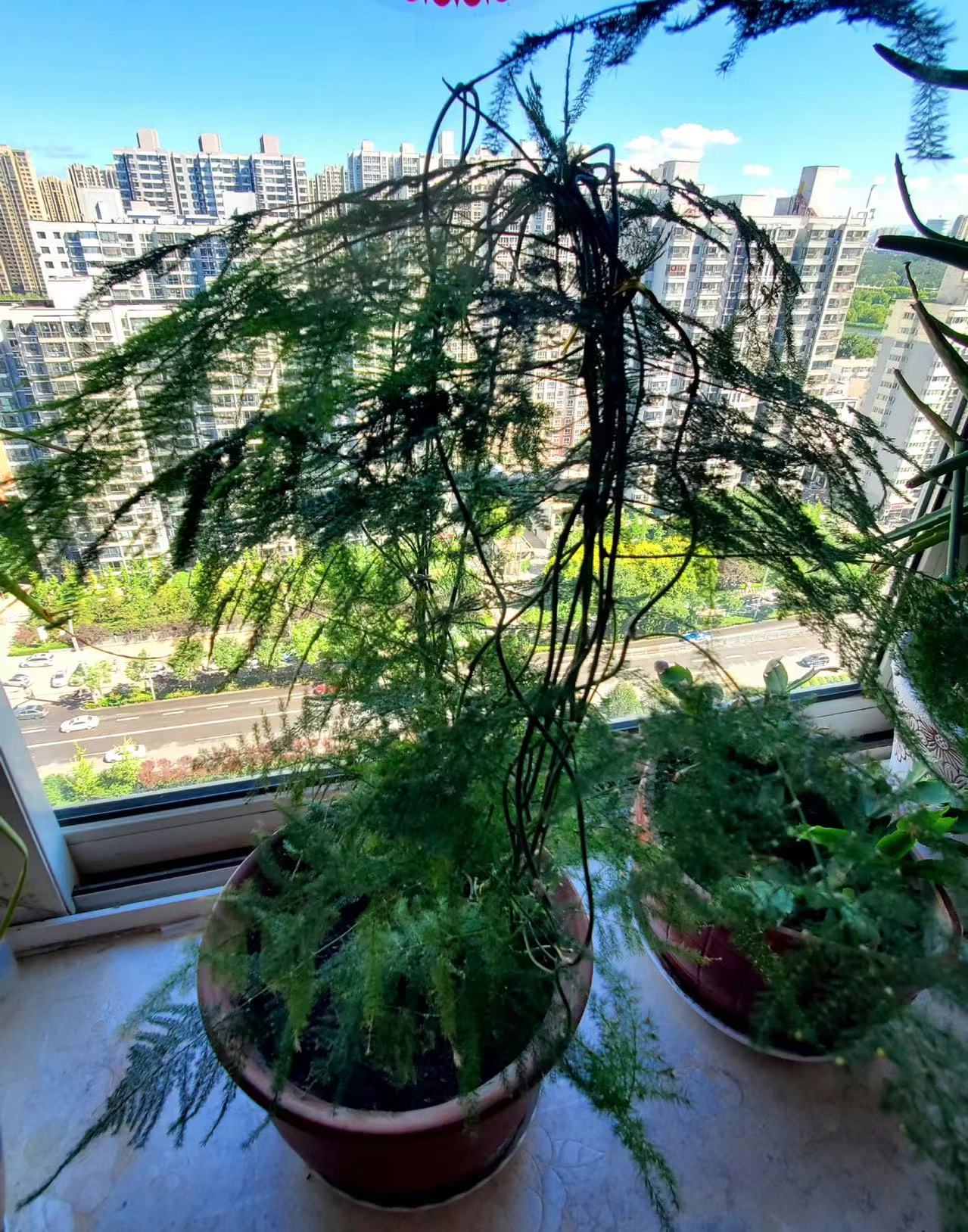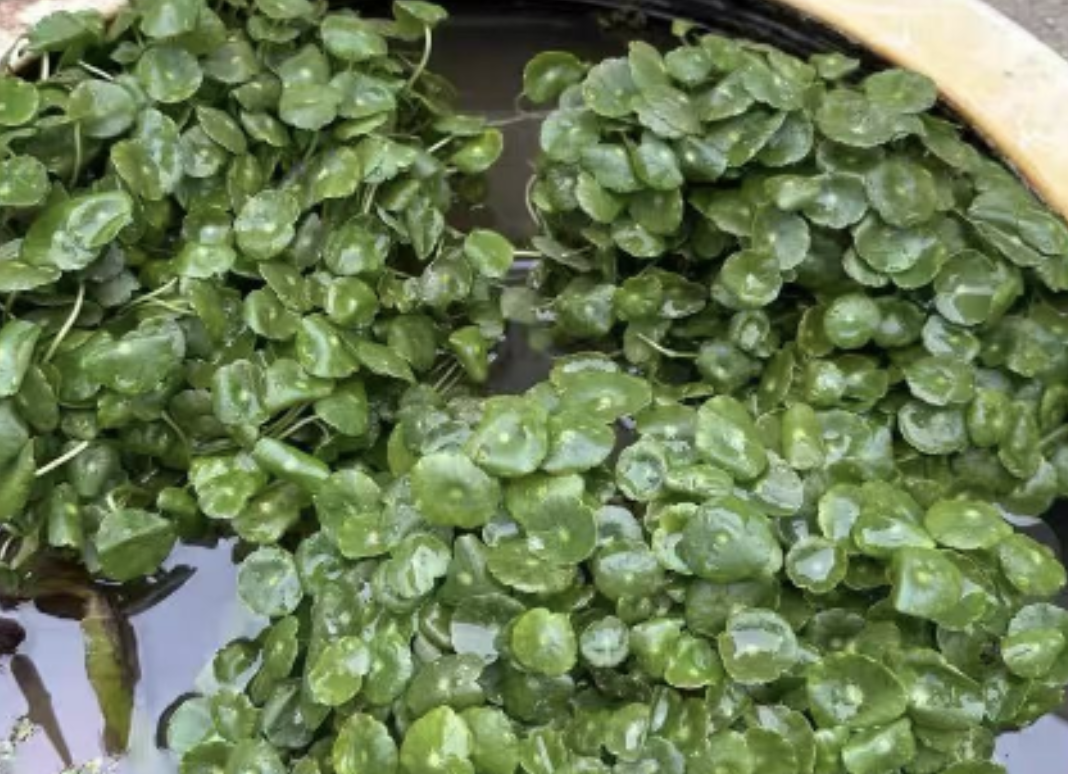Asparagus setaceus. During the maintenance process, the problem of yellow leaves of Asparagus setaceus often troubles people. To solve this problem, it is necessary to understand the causes first.
Unsuitable light is one of the common causes of yellow leaves of Asparagus setaceus. Asparagus setaceus likes a semi-shady environment. If exposed to strong sunlight for a long time, the leaves are easily sunburned, resulting in yellow spots, dryness, and eventually yellow leaves. Conversely, if it is in a dark environment for a long time, Asparagus setaceus cannot carry out sufficient photosynthesis and the leaves will turn yellow due to lack of nutrients.
Improper watering is also an important factor for the yellow leaves of Asparagus setaceus. Excessive watering can lead to water accumulation at the roots, causing root rot, which in turn affects the absorption of water and nutrients, causing the leaves to turn yellow. And if there is too little watering, Asparagus setaceus will grow poorly due to lack of water, and the leaves will gradually dry and turn yellow.
The fertilization problem cannot be ignored either. Excessive fertilization or high concentration can cause root burning, damage the root system of Asparagus setaceus, and prevent it from absorbing nutrients normally, thereby causing yellow leaves. And if the fertilization is insufficient, Asparagus setaceus lacks the necessary nutrients, which will also lead to yellow leaves and slow growth.
The quality of the soil is crucial to the growth of Asparagus setaceus. If the soil is not replaced for a long time, the soil will become compacted and have poor air permeability, which will affect the breathing and growth of the roots, resulting in yellow leaves of Asparagus setaceus. In addition, if the soil pH is not suitable, it will also affect the absorption of nutrients by Asparagus setaceus. Unsuitable temperature may also cause the yellow leaves of Asparagus setaceus.
Before pruning, the appropriate tools need to be prepared. For a small number of yellow leaves, the local pruning method can be adopted. Observe the branches and leaves of Asparagus setaceus carefully and precisely cut the yellow leaves from the base with scissors. Pay attention to cutting neatly and avoid leaving residual withered and yellow tissues to promote better growth of new branches and leaves.
When the yellow leaves are more concentrated or widely distributed, a larger-scale pruning may be required. At this time, the entire plant should be examined first to determine the scope and degree of pruning. Start from the top of the plant and gradually prune downwards, removing obvious yellow leaves as well as poorly growing and weak branches. But it is necessary to retain healthy main branches and lateral branches to maintain the basic shape and growth structure of the plant.
During the pruning process, certain principles should be followed. Keep the pruning incision smooth and try to be consistent with the natural growth direction of the branches to reduce trauma to the plant. At the same time, pay attention to controlling the pruning intensity and avoid excessive pruning that causes severe damage to the plant. After pruning, proper maintenance of Asparagus setaceus is also required.
Timely clean up the cut yellow leaves and branches to keep the environment around the plant clean. Avoid exposing the pruned Asparagus setaceus to strong light or excessive watering immediately, and provide it with suitable light and humidity conditions to promote wound healing and the germination of new branches.
The correct pruning method for the yellow leaves of Asparagus setaceus can not only improve the appearance of the plant but also contribute to its healthy growth. Through careful pruning and subsequent maintenance, it is believed that Asparagus setaceus can regain its vitality.
What causes the yellow leaves of Asparagus setaceus?

Share with
Tagged in :




Leave a Reply